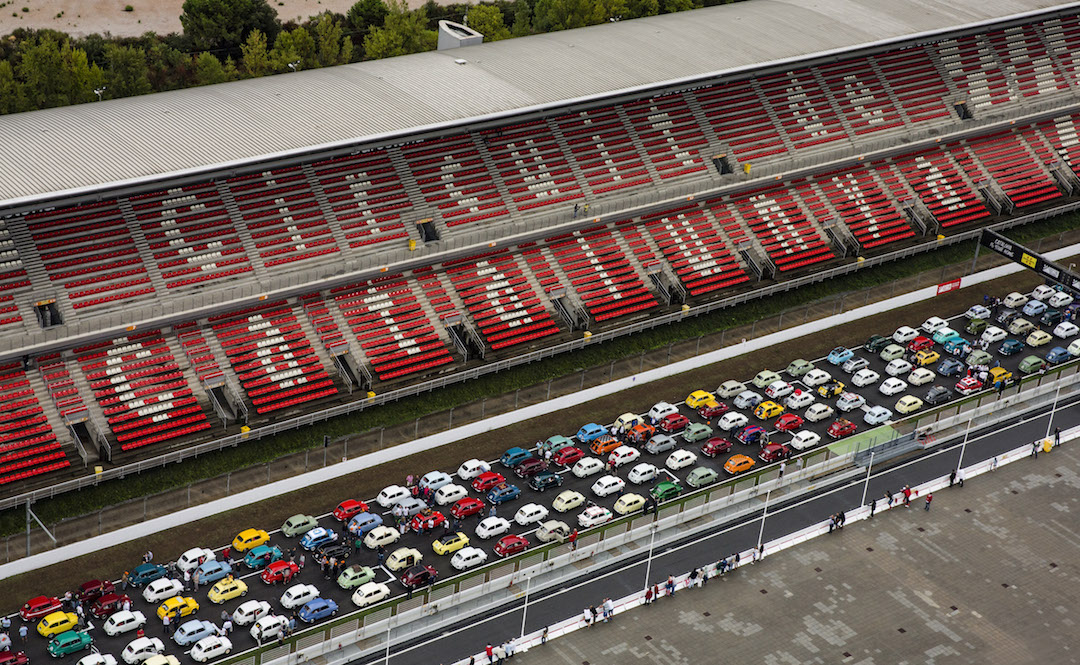"It may make you feel old to learn that it's been 30 years since the Seat Ibiza came into being. If so this new concept, based on that favourite of the Seat fleet, should put a spring back in your beleaguered "

Naval gazing: 60 years of the SEAT 600
The cute and characterful SEAT 600 mobilised Spain, and was nicknamed ‘ombligo’ (navel), because, well, everybody had one
Post WWII, a global rush to get countries on their economical feet again led to a surge of ‘peoples’ cars’. The masses were mobilised in Germany by the Volkswagen Beetle, in France by the Citroën 2CV, while in the UK the Mini helped put the country on wheels, and the Fiat Nuova 500 did the same thing in Italy. Perhaps not quite so infamous as these was Spain’s chariot of choice for the economic boom, the SEAT 600.
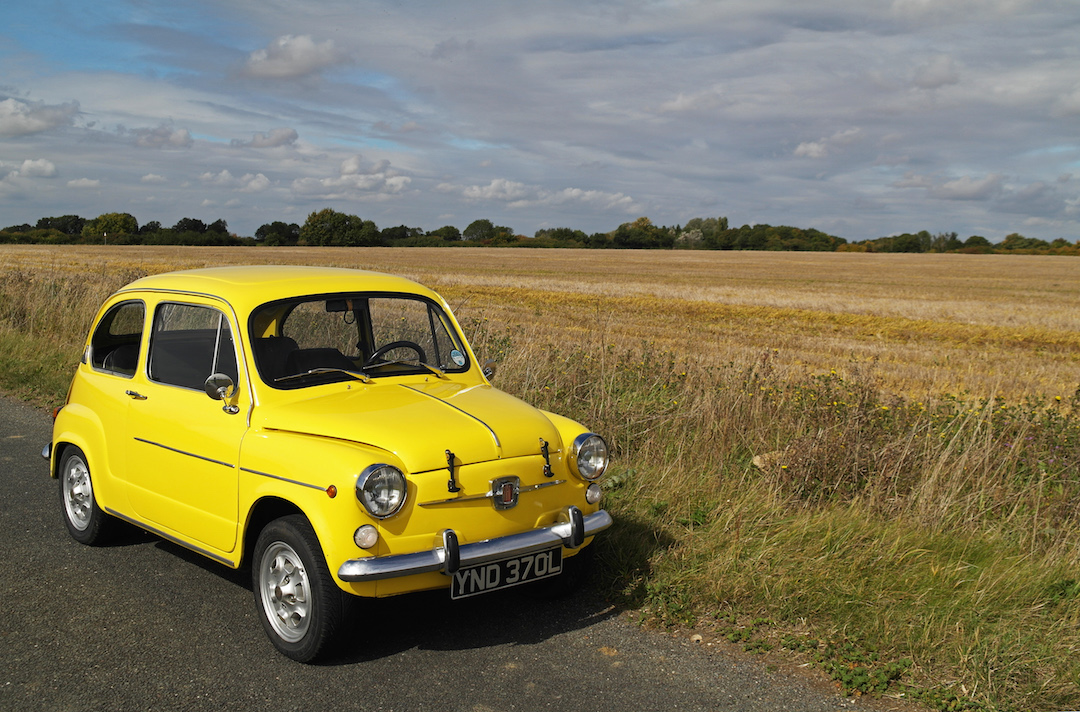
If the diminutive SEAT looks familiar, there is a very easy explanation. Basically an Iberian-personalitied Fiat 600 (or ‘Seicento’), the SEAT 600 was born in 1957, two years after its original Italian sibling. Heralding the end of the country’s slow recovery from the Spanish Civil War of 1936-1939, the curvy and cheeky car also known as the ‘pelotilla’ (little ball) cost 65,000 Spanish pesetas, and was therefore the first car to be genuinely affordable to many families at the time.
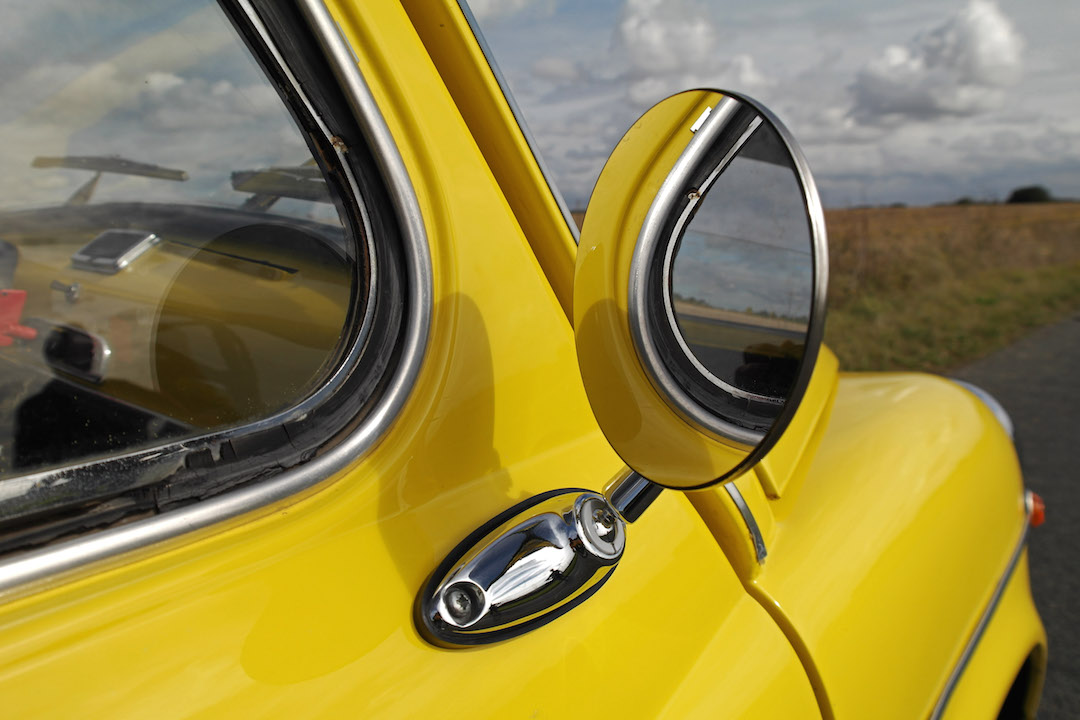
Even though it cost around three-and-a-half years’ salary, so popular was the 600 that SEAT had to increase production sixfold from 40 cars per day in 1958 to 240 at the tail end of 1964. In fact the little car’s effect on the country in which it was produced was of such importance, people talk of ‘the Spain of the 600’, the period in which the SEAT’s independence heralded a wave of new optimism. Banishing unsafe microcars and giving families new-found mobility, the 600 became an exploring companion, with many Spaniards crossing European borders for the very first time.
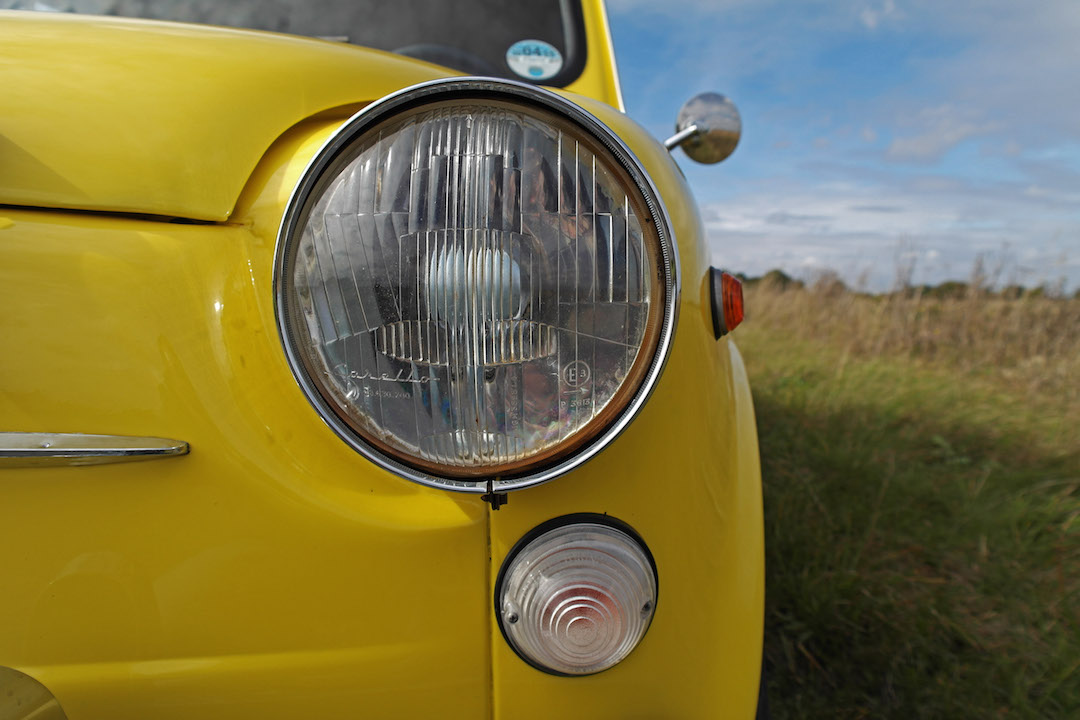
Undoubtedly a large part of its appeal, why the copycat Fiat looks? SEAT was initially a joint venture between the Spanish state’s National Institute of Industry, a sextet of Spanish banks and Fiat itself. With a few exceptions, this meant that all SEATs built up to 1982 owed a debt of appearance and technology to the Italian carmaker. Marbella, Ronda, 128, 132, 1430, and 850 were just a few of the SEATs with Italian roots, and the story repeated itself – with a little variation this time around, though – following the Volkswagen Group’s takeover in 1986.
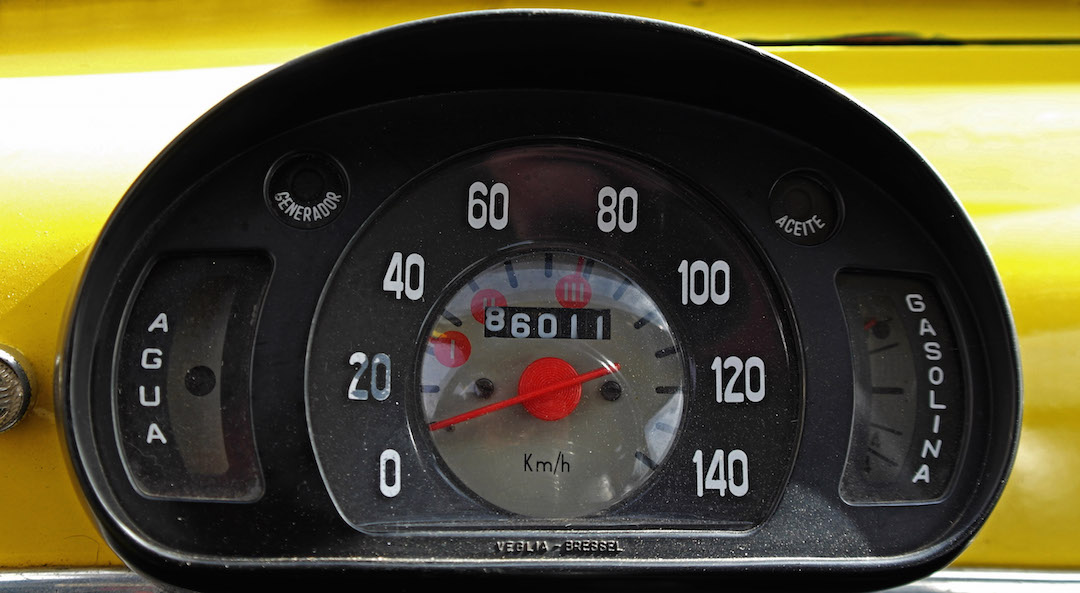
But affordability meant basic, even in 1957. As the SEAT 600 was a straightforward facsimile of its Italian cousin, it shared the Fiat 600’s rear engine, rear-wheel drive layout, and those cute-as-a-button Dante Giacosa curves. With four cylinders, the 580kg 600’s water-cooled 633cc engine had double the number of cylinders than the smaller air-cooled Fiat 500, and therefore more power: almost 21.5bhp meant that it could at least pull the skin off a Spanish omelette. Sort of. Forty-five seconds to 62mph and a top speed of 59mph showed that the 600 was no pelotilla de fuego, but it was economical, with up to 43.5 miles covered for every gallon.
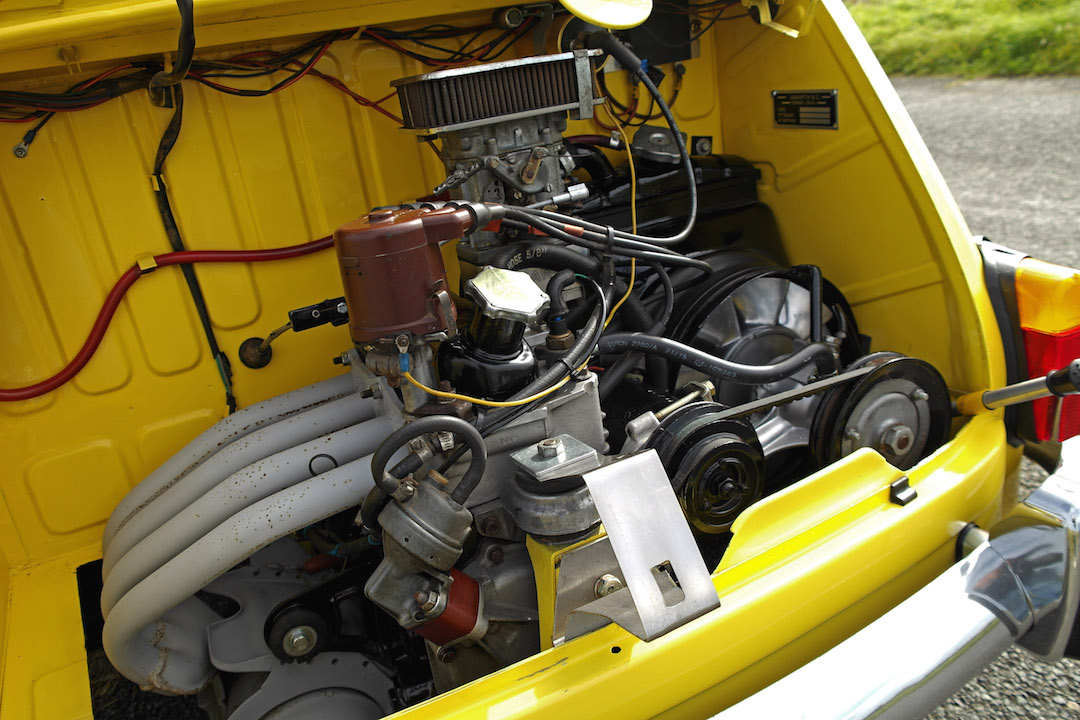
Later cars with their 767cc engines produced a heady 25bhp, but, tuning companies Abarth, Autolinea, Conti or Zakspeed would happily exchange pesetas for power. Fitted with SEAT 850 or 1430 engines, 110bhp and 134mph was easily possible. That must have felt like warp speed in a 600, but with the standard drum brakes and wheels also upgraded, the small SEAT had the makings of a proper tiny terror. That’s something Barry Emberson, owner of the bright yellow 1973 850 TC-engined car in our pictures would certainly attest to (and even though his car – like other export 600s – wears a Fiat badge, it was very definitely construzione SEAT)…
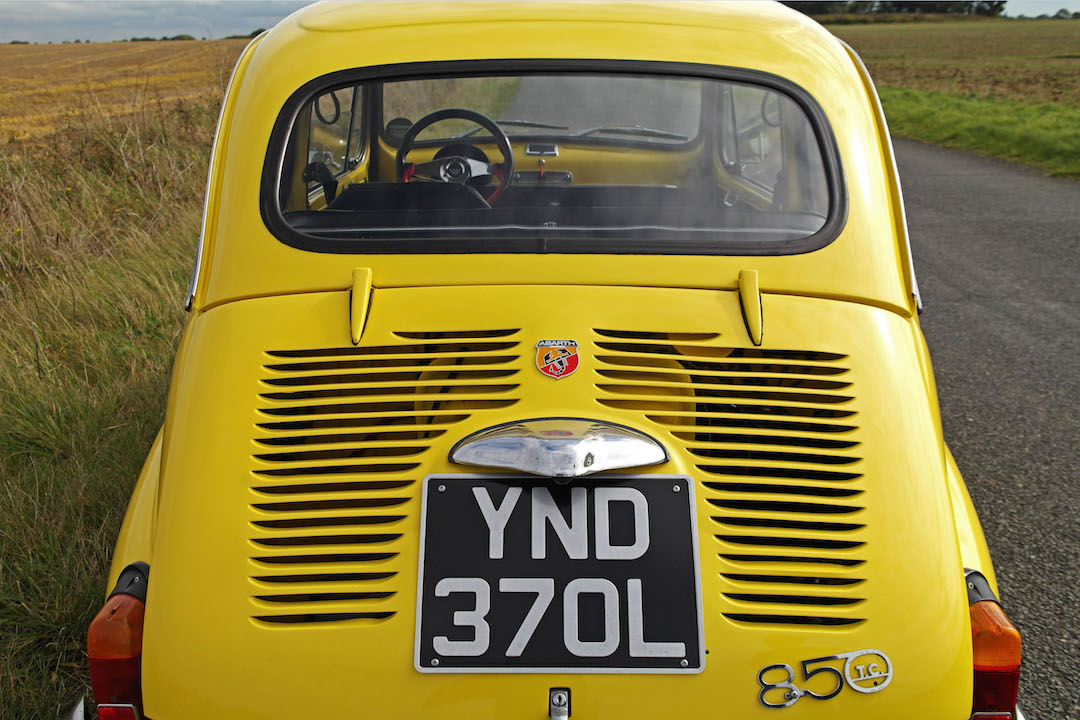
Unlike its Italian cousin, a four-door SEAT 600 was produced for five years from 1963. Also known as the 800, it was very much just a 600 with a pair of rear doors. Like the early 600 N and 600 D cars, though, the front openings were of the suicide variety – the later 600 E changed to more modern and conventionally-hinged doors. Final 600 L-Especial versions of the little SEAT built in 1973 are distinguishable by the triangular black air vent in the C-pillar, and an ignition key steering wheel locking mechanism. As well as the saloons, ‘Descapotable’ convertible and ‘Formicheta’ commercial versions were also spun off the standard 600.
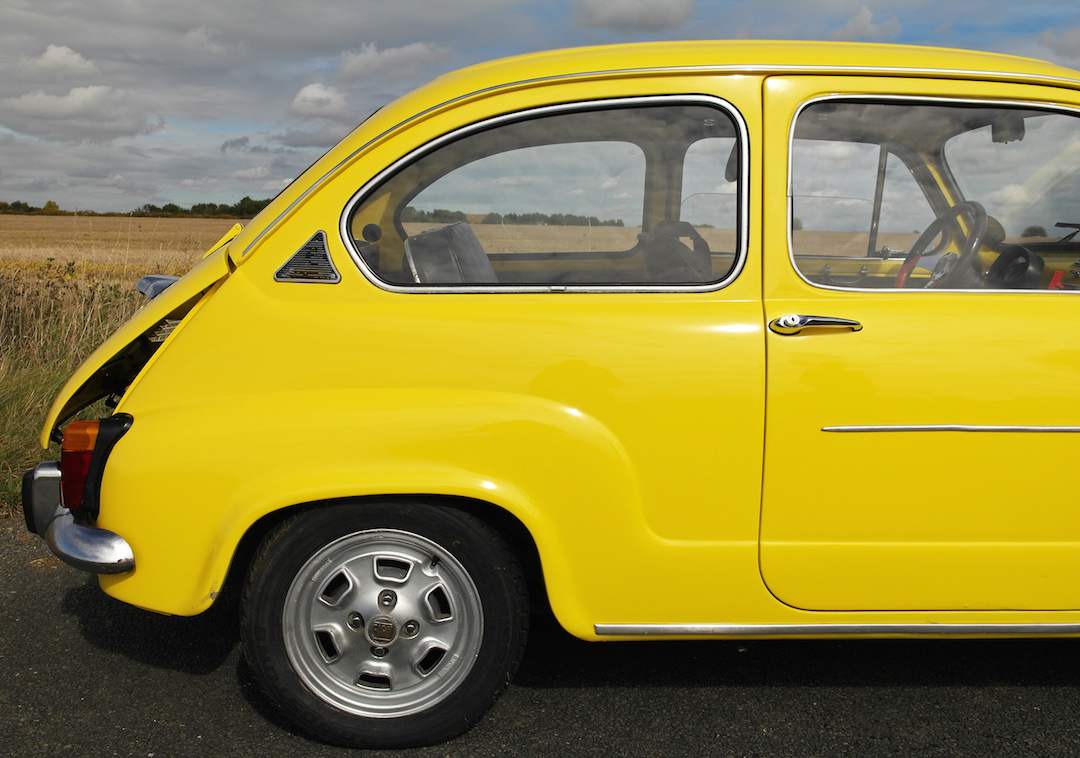
The SEAT wasn’t the only non-Italian member of the 600 family either. Fiat Neckar produced around 120,000 versions in Germany, the Jagst 600 and Jagst 770. The 600 headed east, too, the former Yugoslavia giving birth to the Zastava 750 and 850. Here, it performed a very similar role to that of the SEAT 600, its affordability putting the country on wheels. Rewarded with a longer life than even that of the SEAT, the Eastern European 600 lived on until 1985.
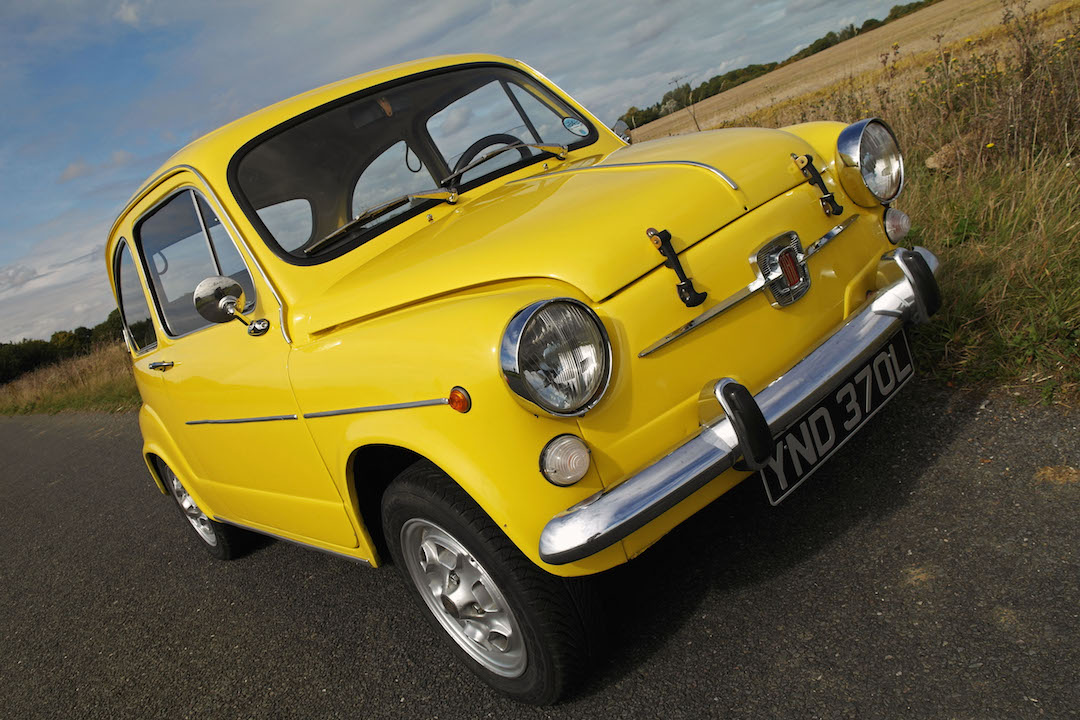
1973 marked the end of the tiny SEAT’s relatively short 16-year life. With a total of 797,406 600s and 18,000 800s rolling off the Zona Franca production lines in Barcelona, there’s no denying the little car’s success. Exported to many European countries such as Belgium, Denmark, Colombia, Finland and Poland as well as more far-flung destinations such as Argentina, the Iberian version of the Fiat 600 was more popular in its homeland than the Fiat 600 was in its native Italy. In fact, the SEAT lived on 4 years after the Fiat died.
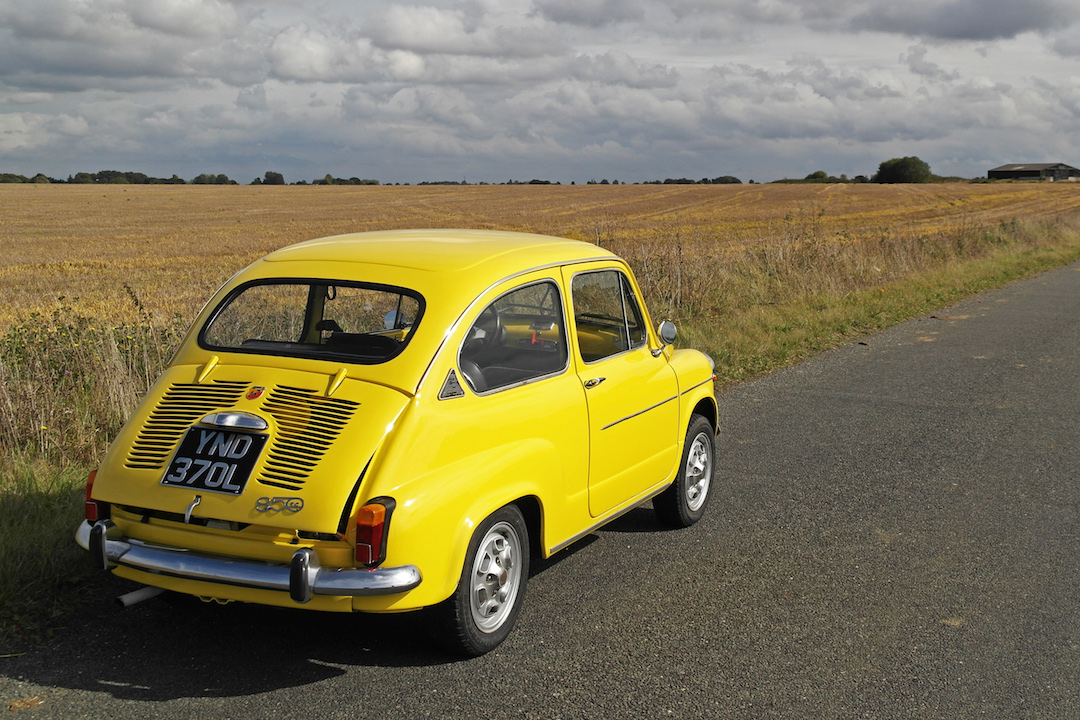
Arguably the most iconic SEAT – yes, even more so than a 1984 Ibiza GLX with all of its fan-wheeled and square-edged goodness – the 600 holds onto its popularity today. In celebration of its 60th birthday, a total of 787 600s paraded around the Circuit de Barcelona-Catalunya in September to clinch a Guinness World Record for the most 600s in any one place. The ‘ombligo’ is as very much a part of the fabric of Spain now as it was back in 1957, and aside from the more obvious candidates, there are few cars which can claim to be as beloved six decades on. It’s high time the baby SEAT joined the populist car elite.
CLICK TO ENLARGE

